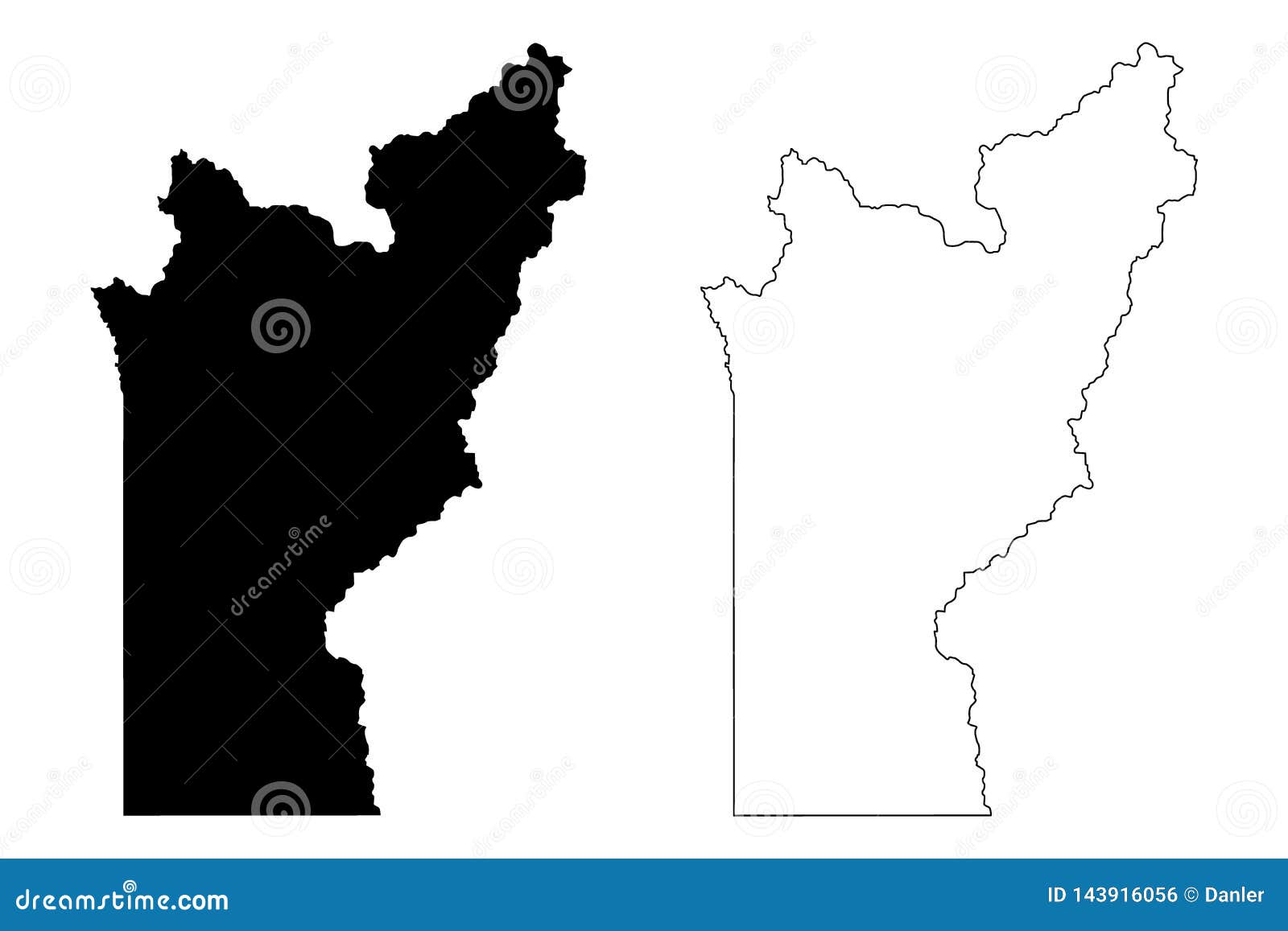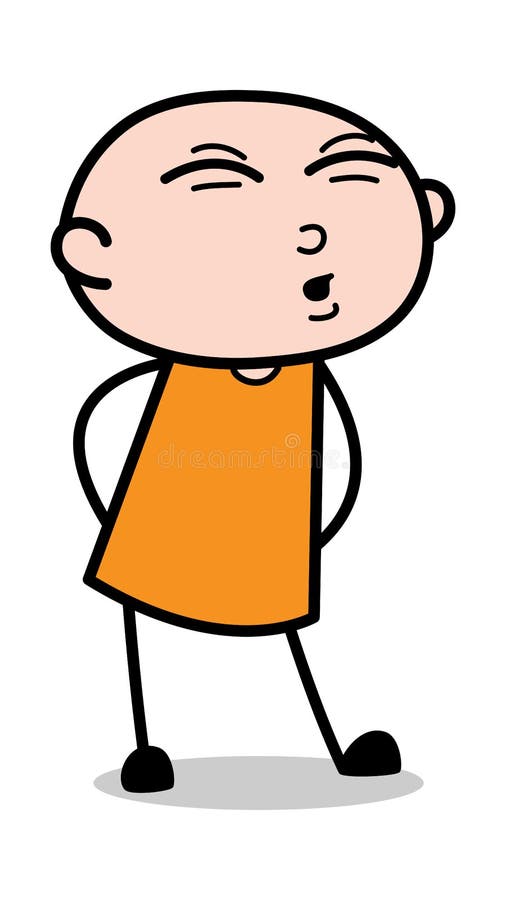

Once you’re satisfied with the preview, you can create the tracing by deselecting Preview and clicking Trace. The less colors, the more cartoon-ish it will look.Īdjusting these settings may freeze up your computer for a moment because of how CPU-intensive this is, so try to be patient. The higher the number of colors, the more photo-realistic your vector tracing will look. The primary setting to pay attention to is Colors. Just like we did in the previous demonstration, we’ll have to tweak the settings to our liking. Then click Preview to see how your tracing will look. To trace your image in color rather than black and white, make sure to choose the Auto-Color setting at the top of the menu. If the menu interface is grayed out then just deselect your image and then select it again. To create your vector tracing in color, select your image and navigate to Window > Image Trace. You will then be prompted to choose a file to import.įor this demonstration I’ll be using the same example image that I used for the previous demonstration. Import your image into Illustrator by navigating to File > Place. This works very similarly to the monotone variation, only we don’t have to adjust the image in Photoshop first, and we’ll be using a different setting in the Image Trace feature.
#Illustrator vectorize image how to
Now let’s go over how to make a vector tracing of an image in color. Trace An Image To Vector with Illustrator: Color Tracing These sorts of tracings can be used for logos, emblems, badges, and used as designs for merchandise like t shirts and hats. You will now have a vector tracing of your image that you can manipulate as if it were any other vector object. Just a heads up: you will have to ungroup the tracing twice, so make sure to navigate to Ungroup a second time. To do so, select your tracing, then navigate to Object > Expand and click OK. Now it’s time to finalize your vector tracing so that you can edit it and work with it further. Once you’re happy with how your vector tracing looks, toggle off the Preview and click Trace to create your vector tracing. The settings I used in my example won’t necessarily work for you if you’re using a different image, so be sure to experiment with them a bit. The settings you should use will vary by image. Tweak all of these settings until you get a vector tracing you’re happy with. Toggle the Preview setting to get a preview of your vector tracing, then use the settings to adjust your tracing as needed. To trace an image to vector with Illustrator, open up the Image Trace window by navigating to Window > Image Trace. You will then be prompted to browse for an image to import into your document. Now we’re going to import our image into Illustrator. The image can now be exported and then imported into Illustrator. This will help the Image Trace feature create a more accurate vector tracing of the photo. Here’s how our adjusted image will look once finished. What works for my example image won’t necessarily work for your image if it’s different, so be sure to experiment with it a bit. The degree to which you should make these adjustments will depend entirely on your image. Then, take the node to the top-right and slide it to the left to increase the intensity of the lighter areas of your image. In the Curves menu, take the node at the bottom-left and slide it to the right to increase the intensity of the dark areas in your image. Now we’re going to increase the contrast between the dark and light areas of the image by using the Curves adjustment. This will strip the color from your image and make it easier to separate the darker areas from the lighter areas. In the Hue/Saturation menu, take the Saturation slider and bring it all the way to the left. Open your image with Photoshop and use the Hue/Saturation Adjustment layer to remove the saturation. But if you’d like to get the most accurate tracing possible, read on.
#Illustrator vectorize image free
If you’d rather just trace your image as-is, then feel free to skip to step 2. I’d just like to note that this step is completely optional. If we’re able to help define those areas a little better, we’ll get a more accurate tracing.

The way that the Image Trace feature works in Illustrator is that it scans your image and references the dark and light areas to determine what to trace.

The reason why I’m doing this is so that I can get a more accurate tracing.


 0 kommentar(er)
0 kommentar(er)
